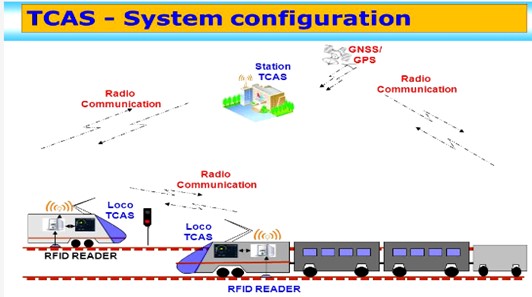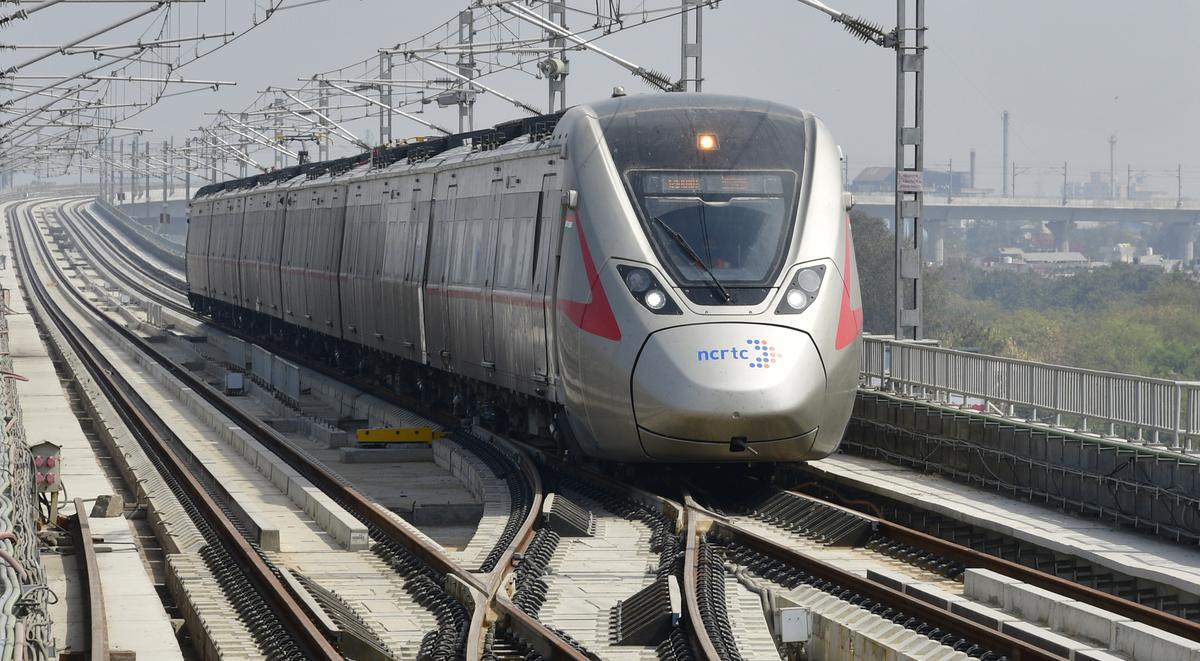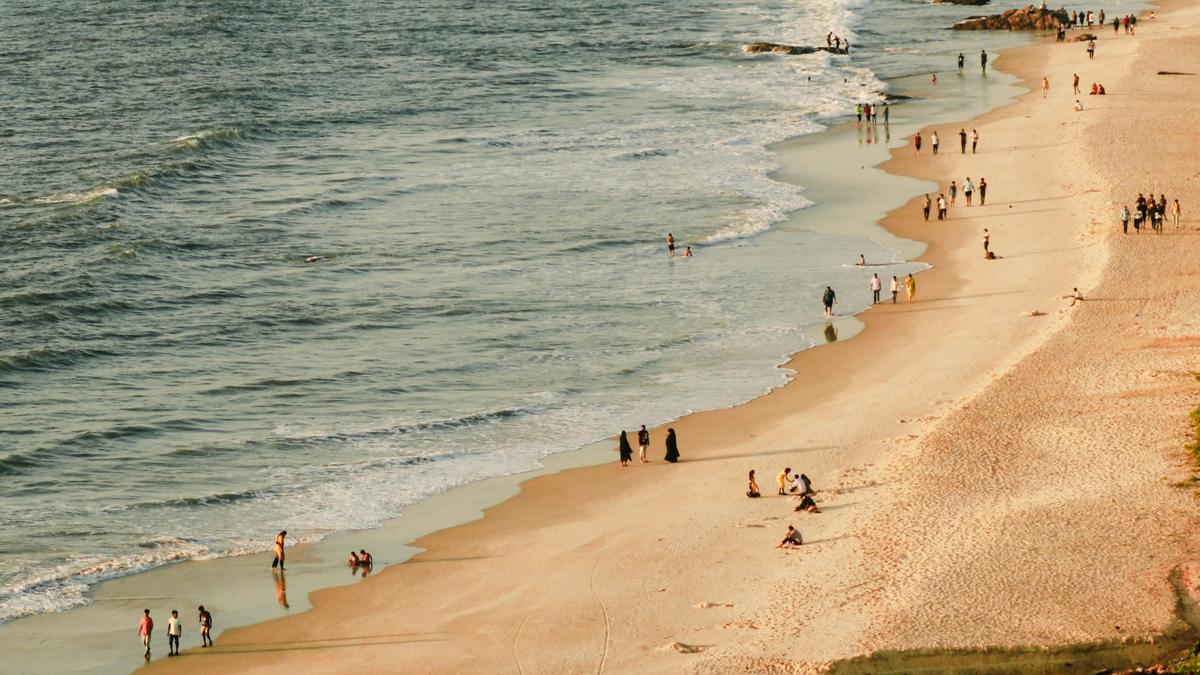- Courses
- GS Full Course 1 Year
- GS Full Course 2 Year
- GS Full Course 3 Year
- GS Full Course Till Selection
- Online Program
- GS Recorded Course
- NCERT (Recorded 500+ Hours)
- Polity Recorded Course
- Geography Recorded Course
- Economy Recorded Course
- AMAC Recorded Course
- Modern India, Post Independence & World History
- Environment Recoded Course
- Governance Recoded Course
- Science & Tech. Recoded Course
- International Relations and Internal Security Recorded Course
- Disaster Management Module Course
- Ethics Recoded Course
- Essay Recoded Course
- Current Affairs Recoded Course
- CSAT
- 5 LAYERED ARJUNA Mentorship
- Public Administration Optional
- ABOUT US
- OUR TOPPERS
- TEST SERIES
- FREE STUDY MATERIAL
- VIDEOS
- CONTACT US
DERAILMENTS IN INDIAN RAILWAYS
DERAILMENTS IN INDIAN RAILWAYS
05-06-2023


Latest Context
The tragic train accident that took place at the Bahanaga Bazar railway station in the Balasore district of Odisha on June 2, 2023 has brought to light the critical need for comprehensive safety measures to stop similar catastrophic accidents.
- The Kavach programme, which seeks to improve railway safety in India, has gained prominence as a result of the current tragedy. The Odisha route, however, does not use the Kavach method.
- The 2022 report on "Derailments in Indian Railways" by the Comptroller and Auditor General of India (CAG) exposed several flaws in the nation's methods for preventing train accidents.
Major Highlights of the Report
- According to the CAG report, derailments were the root cause of roughly 75% of catastrophic railway accidents that occurred between 2017–18 and 2020–21.
Derailments: The Leading factors of Train Accidents
- Derailments were responsible for 163 (about 75%) of the 217 significant railway accidents.
- Other factors that contribute to railway accidents include fire in the trains (20 accidents), accidents at unmanned level crossings (13 accidents), collisions (11 accidents), accidents at manned level crossings (8 accidents), and other occurrences (2 accidents).
Classification of Train Accidents:
- Consequential Train Accidents and Other Train Accidents are the two groups into which the Railway Board divides train accidents.
- Consequential train accidents are those that have grave ramifications, such as deaths, injuries to people, property damage, and a halt in rail movement.
- All incidents involving trains that do not fit within the consequential category are categorised as "other train accidents."
Causes Responsible for Derailments:
- 23 causes of derailments in 16 Zonal Railways and 32 divisions were identified through analysis of investigation reports.
- Derailments were mostly caused by track maintenance (167 instances), followed by track parameter variation over allowable limits (149 cases), and poor driving/overspeeding (144 cases).
Rashtriya Rail Sanraksha Kosh (RRSK):
- The CAG also examined the performance of RRSK, which was founded in 2017–18 with a capital of Rs. 1 lakh crore to enhance safety measures on the rail network and avoid accidents.
- The audit revealed that even though Rs 15,000 crore in gross budgetary support had been provided, the internal resources of the Railways fell short of the goal for paying the remaining Rs 5,000 crore each year to RRSK.
- The fundamental reason for establishing RRSK was to increase safety in railways, however this lack of funding from internal resources hampered that goal.
Decreasing Allotment of Funds for Track Renewal:
- According to the report, fund allocated for track renewal projects were reduced from Rs 9,607 crore in 2018–19 to Rs 7,417 crore in 2019–20.
- Additionally, only a portion of the fund allotted for track renewal projects were actually used.
- 289 (or 26%) of the 1,127 derailments that occurred between 2017 and 21 were related to track renewals.
Recommendations and Pending Projects:
- The CAG report advised rigorous adherence to predetermined deadlines for initiating and concluding accident investigations.
- By implementing completely automated track maintenance techniques and advanced technology, Indian Railway (IR) may build a robust monitoring framework to guarantee prompt implementation of repair tasks.
- To determine if the benefits obtained from the RRSK funds are in compliance with the goals that led to the foundation of the Fund, IR may construct the "Detailed Outcome Framework" for each item of safety activity based on the indicative results.
- Derailment is the term used to describe a situation in which a train or other rail vehicle runs off the rails, losing stability and being unable to proceed along its planned course. It is a serious safety occurrence that has the potential to cause a great deal of harm, accidents, and even deaths.
What is Kavach?
- An indigenously created Automatic Train Protection (ATP) system called Kavach aims to increase safety in train operations throughout the extensive network of Indian Railways.
- It was created by the Research Design and Standards Organisation (RDSO) in collaboration with three Indian manufacturers and is now known as our National Automatic Train Protection (ATP) System.
- The 'Centre of Excellence' for Kavach is located in Secunderabad, Telangana at the Indian Railways Institute of Signal Engineering & Telecommunications (IRISET).
- Through its specialised Kavach lab, IRISET is in charge of instructing in-service railway personnel in Kavach.
Functions:
- The system complies with SIL-4 requirements, demonstrating its great dependability.
- Enforces speed limits and stops trains from crossing red lights.
- If the driver is unable to maintain control of the train, automatically engages the braking system.
- A Kavach system on two locomotives prevents accidents between them.
- Relays SoS communications in urgent circumstances.
- Offers network monitor system-based central live monitoring of railway movements.
- Uses the Traffic Collision Avoidance System (TCAS) to provide two-way communication between the loco-pilot and station master.
Implementation and Deployment of Kavach:
- Only 1,455 kilometres of the 1,03 lakh-kilometer route total have been brought under Kavach thus far.
- The South-Central Railway (SCR) Zone has led the way in implementing Kavach.
Way Forward
- Using AI and Big Data Analytics: To evaluate the massive volumes of data gathered from trains, tracks, and infrastructure, use AI and big data analytics. This makes it possible to take preventative measures by identifying trends, spotting abnormalities, and forecasting future safety issues.
- Implementing the Kavach Project: The Kavach project on the Howrah-Chennai line, which passes through at least four railway zones, has to be implemented as soon as possible.
- To provide improved safety measures along the whole line, other railway zones should prioritise installing the Kavach system.


